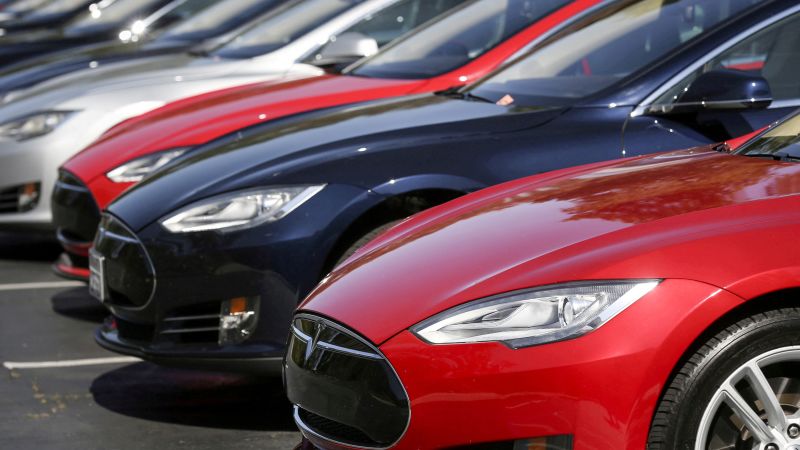The content discusses a fatal accident involving a Tesla Model S car that was in “Full Self-Driving” mode and resulted in the death of a 28-year-old motorcyclist in Seattle. The 56-year-old driver, who admitted to looking at his cell phone while using the driver assistant feature, was arrested on suspicion of vehicular homicide. Tesla states that their “Full Self-Driving (Supervised)” software requires active driver supervision and does not make vehicles autonomous. This incident marks at least the second fatal accident involving Tesla’s self-driving technology.
The National Highway Traffic Safety Administration (NHTSA) had previously reported one fatal accident involving a Tesla vehicle using FSD software between August 2022 and August 2023. The NHTSA is currently investigating the recent accident and gathering information from local law enforcement and Tesla. Experts point out limitations to Tesla’s technology, which relies on cameras and artificial intelligence, compared to rivals such as Alphabet’s Waymo, who use expensive sensors like lidars to detect the driving environment.
According to Guidehouse Insights analyst Sam Abuelsamid, Tesla’s camera-only system has room for error and may inaccurately measure the distance of objects. Professor Raj Rajkumar of Carnegie Mellon University highlights the challenges of collecting and curating data from various real-world elements like motorcycles and bicycles in different weather and road conditions. Despite these challenges, Tesla CEO Elon Musk remains optimistic about achieving full self-driving capability, shelving affordable cars and increasing investments in self-driving technology.
In a recent interview with Tesla Owners of Silicon Valley club, Musk envisioned a future where vehicles would serve as “tiny mobile lounges” allowing drivers to watch movies, play video games, work, and even sleep. Musk has been striving for self-driving capability for years despite increasing regulatory and legal scrutiny. The NHTSA launched a probe of Tesla’s Autopilot in August 2021 after several crashes involving Tesla vehicles hitting stationary emergency vehicles. In December 2023, Tesla had to recall nearly all its vehicles on U.S. roads to add safeguards to the software.
Overall, the incident involving the fatal accident in Seattle raises questions about the safety and reliability of Tesla’s self-driving technology. While Musk remains optimistic about achieving full self-driving capability, experts point out the challenges and limitations of Tesla’s camera-based system. The NHTSA is investigating the recent accident and gathering information to determine the circumstances surrounding it. Despite setbacks and regulatory scrutiny, Tesla continues to invest in self-driving technology and aims to revolutionize the driving experience with autonomous capabilities.


